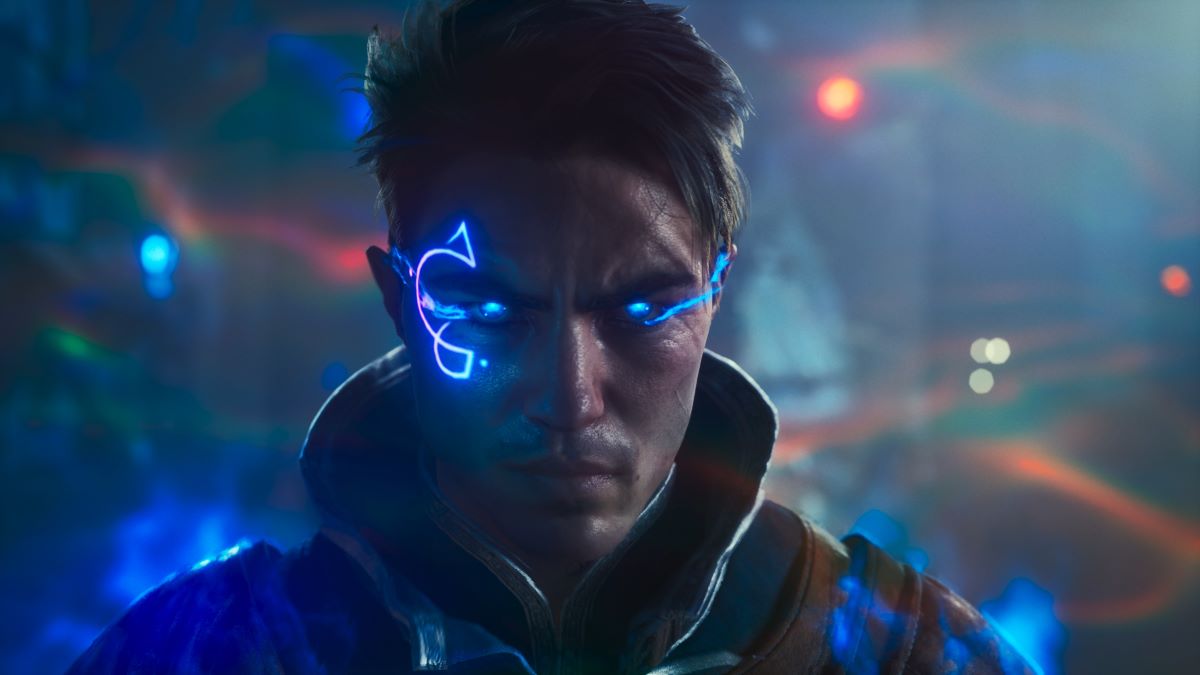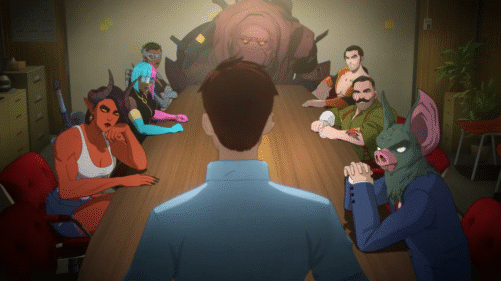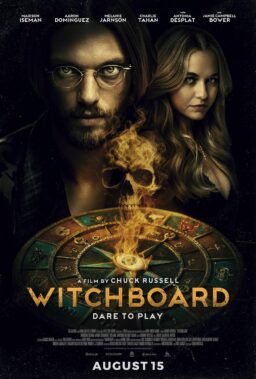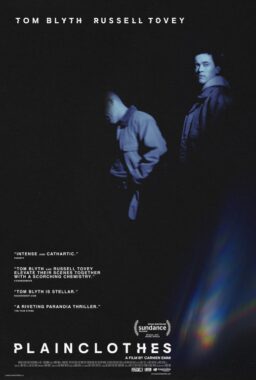Mediocre games have a habit of reminding you of better experiences. Portions of “Immortals of Aveum,” the latest from Electronic Arts, made me want to go replay the “Bioshock” trilogy—the controversial third game especially feels like a notable influence here—or even go watch “The Lord of the Rings” again. And the steampunk aesthetic made me wonder how “Dishonored” has held up. The problem is that the world and storytelling of “Aveum” never develops its own personality, too often making you wish you were somewhere else. There are strong ideas, some interesting gameplay, and decent world-building, but everything seems like it’s in an early stage of development, when inspiration/homage supersedes ingenuity or actual creativity. It’s a very playable game—ignoring some notable early glitches that I expect will be patched out—but I never once cared about anything happening in it, and the gameplay becomes generic and repetitive too early.
“Immortals of Aveum” was developed by a new company called Ascendant Studios, a studio made up of undeniable trailblazers, including much of the team from the iteration of Telltale Games that went under in 2018 and Bret Robbins, the creative director of the masterful “Dead Space.” He’s also the director for the first game under the arrangement between Ascendant and EA under the EA Originals program.
You play the precocious and somewhat grating Jak (Darren Barnet of “Gran Turismo” and Netflix’s “Never Have I Ever”). One of the early problems with “Aveum” is stepping into the first-person perspective of an unlikable lead. Jak either has too little personality or too much in cut scenes, never feeling like a full-fledged character. After an introduction that introduces a more engaging Jak on the streets of the town of Seren, it’s revealed that this street kid is something called an “Unforeseen,” someone who will develop magical powers. After the loss of your BFF Luna, “Aveum” jumps forward a few years to reveal that this land is under assault from the kingdom of Rasham and that Jak will lead a group of magic soldiers to save the day.

“Immortals of Aveum” is a first-person magical shooter. From your right hand, you unleash spells built around three colors—Blue (Force), Red (Chaos), and Green (Life). Different enemies will have different weaknesses that require the player to constantly shift which kind of magic they’re using, and each type has a different range. (For example, Red is more close-combat than the precision of Blue). If that’s not enough, the developers of “Aveum” overcrowd your hub with spells that can be cast from any color scheme.
You can use a spell like Shatter to try and break an enemy’s defenses, and then pivot back to shooting spells with your Blue sigil. Your left hand can be a handy shield, too, and then there are items like a lash and limpets that slow down your enemy. The variety (25 spells) makes for a game designed to appeal to players seeking gameplay variety, but it’s more like clutter than ingenuity. You’re just matching shield colors to your weapon—blue shield means blue spell—and I never got the sense that I was choosing a spell or equipment loadout of my own. The best shooters make your loadout personal through weapon choices, inventory, and upgrades. “Immortals of Aveum” never gets there.
The storytelling has a similar lack of thrust, as long cut scenes detail a war that’s increasingly difficult to care about. The great Gina Torres of “Firefly” and “Suits” is a nice familiar face in the interstellar combat, but I checked out of this “chosen one” narrative relatively early. And the very structure of the game is often poorly considered. There was more than one time in which a cut scene ended, I walked down a hallway, and another cut scene unfolded. That’s just silly. We can’t be doing that in 2023.
It doesn’t help that the game’s world-building is thin, presenting the player with landscapes that look underdeveloped in design. Some of the later settings have more vibrancy, but the early ones blur together, especially in a year when so many games gave us fully realized worlds that felt like they had secrets around every corner—“Star Wars: Jedi Survivor” and “Diablo IV” are just two games that take setting more seriously.

Character design is also an issue here, with waves of enemies that are largely distinguishable merely by the color you must match to your spell to defeat them. “Immortals of Aveum” runs out of ideas early. The final boss fight is even a replication of one from a few hours earlier, an encounter that glitched so badly that the bad guy froze and let me pummel him in the face with magic for a few minutes to defeat him. (At least he presented a bit more of a challenge in the end.) There are a few puzzles to solve to open doors that break up the monotony.
Having said all of that, I would totally play a sequel to this 18-hour game, believe it or not. My criticisms could be ironed out with more time, love, and care in the development process. Give Jak more likability, present him with strong supporting characters, refine the gameplay, and put more detail into the settings—there is a foundation here on which to build. The team at Ascendant is clearly talented enough to do so, and I’m excited to see what they do next. And would gladly play “Immortals of Aveum 2.” Or maybe I’ll just play “Bioshock” again.
The publisher provided a review copy of this title, which is available now.












